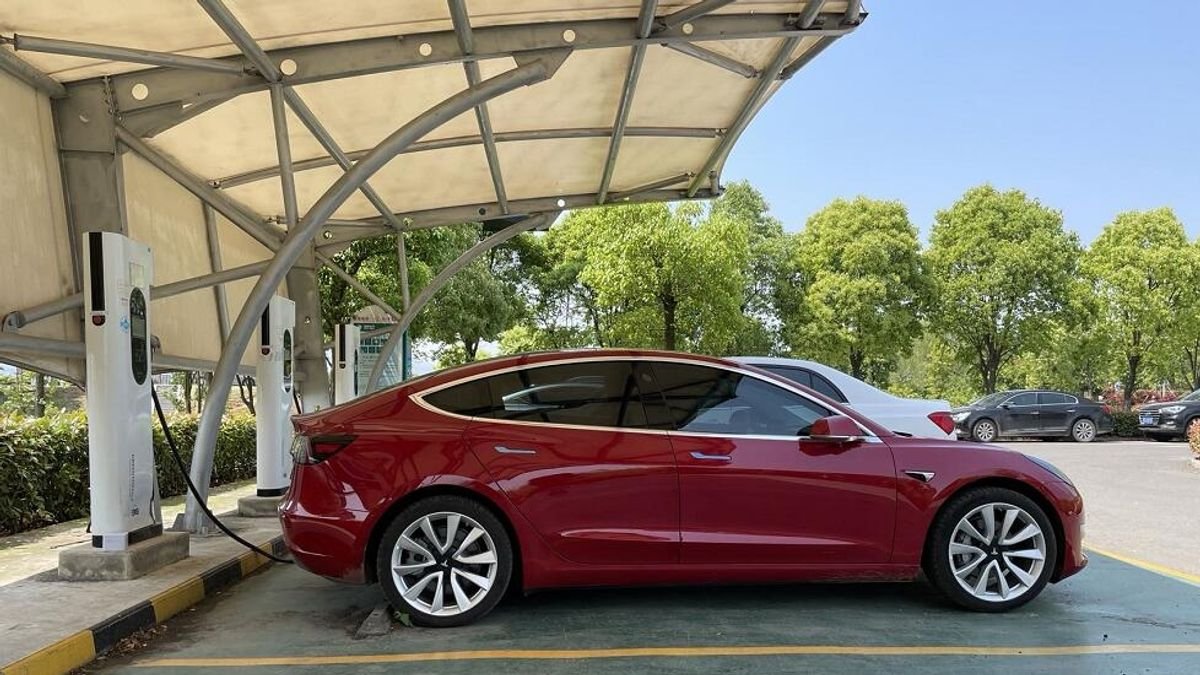The Lunar New Year holiday in China offered a glimpse into the future of electric vehicles (EVs), marked by long lines at charging stations, biting cold, and safety concerns. This scenario underscores the burgeoning pains of a rapidly growing sector—EV charging infrastructure. As we stand at the crossroads of an automotive revolution, the experience of EV drivers during this period highlights both the challenges and the transformative potential of EV charging stations globally.
The Growing Pains of a Revolution
The sight of extended queues at EV charging stations during one of China’s most celebrated holidays paints a vivid picture of the growing demand for electric vehicles, juxtaposed against the current state of charging infrastructure. Drivers found themselves waiting for hours, battling not only the clock but also freezing temperatures that adversely affected battery performance. The cold not only slowed down the charging process but also heightened concerns over battery efficiency and range. Moreover, the specter of battery fires added a layer of apprehension, emphasizing the need for advancements in battery technology and safety measures.
Transformative Impacts and Opportunities
Despite these challenges, the scenario also highlights the significant strides being made in the EV sector. The global expansion of EV charging networks is not just about increasing the number of charging stations but also about strategic placement, ensuring they are located at convenient spots for drivers. Moreover, the advent of fast charging technology promises to make long waits a thing of the past, heralding a future where charging an EV could be as quick and straightforward as refueling a traditional car.
This evolution extends beyond mere convenience. The proliferation of EV charging stations is instrumental in mitigating range anxiety—the fear that an electric vehicle doesn’t have sufficient range to reach its destination—which remains a significant barrier to EV adoption. Furthermore, it’s driving EV sales, creating new business opportunities, and enhancing the resilience of power grids. The integration of EV charging stations with renewable energy sources and the development of wireless charging and increased power capacity point to a future where EV infrastructure is not only more robust but also more sustainable.
Looking Ahead: A Bright Future
The challenges faced during the Lunar New Year in China serve as a critical reminder of the need for continuous improvement in EV infrastructure and technology. However, these hurdles are not insurmountable. With significant investments and innovations, the future of EV charging stations looks bright. The focus is on developing solutions that ensure safety, reliability, and convenience across various weather conditions. The goal is to create an EV ecosystem that supports the seamless transition from fossil fuels to electric power, marking a significant milestone in our journey towards a more sustainable and efficient transportation system.
In conclusion, while the road ahead for electric vehicles and their supporting infrastructure may have its bumps, the direction is clear. The challenges encountered by EV drivers during peak periods like the Lunar New Year in China are but stepping stones in the larger quest for a greener, more sustainable future. As we navigate these challenges, the promise of a transformed automotive landscape—one that is cleaner, more efficient, and increasingly electric—remains within grasp, powered by the relentless innovation and expansion of the global EV charging network.
[ad_2]
Source link




